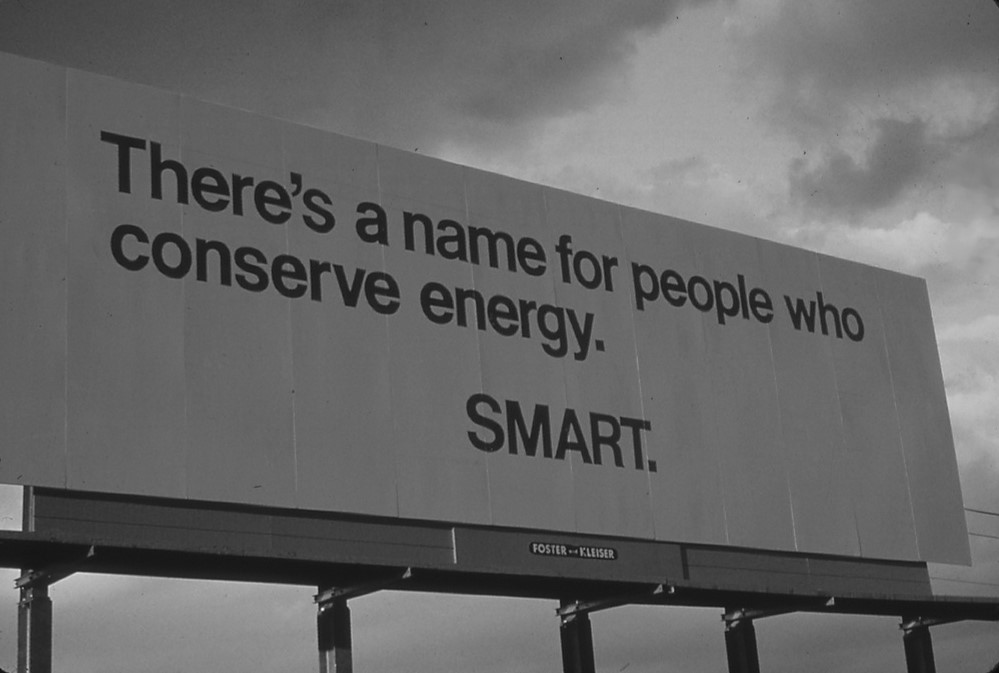As millions attend a virtual concert held in game Fortnite by dance producer Marshmello is it time to look again at how citizens of the future may want to interact with government and public sector organisations and what the communities of tomorrow may look like?
by Sarah Lay
At the start of February history was made as the first virtual concert was held in online game Fortnite: Battle Royale when American electronic music producer Marshmello performed to what is thought to be an audience of millions.
If there’s a lot in that sentence which leaves you none-the-wiser let’s unpick it. Released in 2017 Fortnite is an online game with more than 200 million registered users and allows up to 100 avatars (your virtual representation in the game) at a time to fight for survival on an island setting. Dubbed ‘the biggest game on the planet’ a dive into its stats showed 63% of its user in the US are aged between 18 and 24, with 72% of them male. The study [https://www.vertoanalytics.com/chart-week-deep-dive-fortnite/] only looked at adult-age users but anyone with a pre-teen will know it’s hugely popular with that demographic too and has likely seen real-world recreations of some of the signature dance moves from the game.
Marshmello meanwhile is an American EDM artist and DJ with several multi-platinum singles to his name making him a regular in the Billboard 100. Performing wearing a signature helmet (shaped like - you guessed it - a marshmellow) he’s inspired by artists including Daft Punk. He’s a YouTube regular and has worked with Fortnite before this concert.
Which comes at a time when grassroots live music is struggling and large scale events are beyond the means of many (anyone check the price of Drake tickets recently?). From tweets after the 10 minute virtual performance it seems this was the first concert experience for many - and they loved it.
What has a groundbreaking concert got to do with public services?
What has a virtual concert in an online game got to do with public services though? On the face of it, perhaps not much. But understanding the appeal of this game is as much about community as it is battle victories, and how virtual world interactions sit alongside social media in the way people choose to communicate. A picture begins to build of something that potentially could cross-over with the real world and the services being delivered right now.
Virtual government? Give over…
If you think this is some far-out future-gazing you might be right. But consider this: even a decade ago visits from gaming devices to council websites was happening [http://www.sarahlay.com/2010/01/snow-to-go/] - in small numbers, but they were there. A noticeable increase in visits from Wii and Playstation happened when snow hit that year with the assumption they were from those checking on whether they had a day off school or not.
Pre-dating this in the heady days of 2008, when today’s social media giants were still in their infancy the next big thing was predicted to be Second Life - a virtual world where you were represented by an avatar in order to interact with others. It lacked the Battle Royale aspect of Fortnite but there’s a lineage there. At least one council tentatively (but expensively) built a virtual borough in Second Life, complete with lamppost banners adorning the streets and a museum, in order to try and engage citizens with council services.
Communities of tomorrow
Those experiments of ten years ago may have been too early to gain any real traction, and accessing council websites from your XBox probably still isn’t a percentage of your traffic to be focused heavily on, but there are things we can learn:
People use all kinds of devices to access council services - and you need to keep working on making your digital services accessible and usable to them all, increasingly so in fact
People don’t just find their tribe in the physical world anymore - and just like going where they go online and seeing if you’re welcome you may soon need to extend your search beyond Facebook groups and hashtags
Events are no longer only in the physical world - and future events and services need to seamlessly blend online and offline to really appeal and satisfy.
As more people grow up with virtual experiences as part of their ‘normal’ although the ways may not yet be obvious or pressing public services need to be prepared to meet the expectation of working in that same blend of physical and virtual in the future.
If you’d like to check through some of the latest insights in youth engagement and apply what your communications strategy could adapt, check out the shiny new workshop on the 20 March in Birmingham which Thread & Fable will be running with Darren Caveney, creator of comms2point0 – be there or be totally uncool and not down with the kids.
Sarah Lay is an UnAward Lifetime Achievement Winner and a freelance content and experience design specialist who has worked across the public and private sector including with councils, the NHS, High Street brands, and the music industry. Her focus is on creating conversations and meaningful connections between organisations and audiences and working out how the challenges of today can be turned into the opportunities of tomorrow. You can contact Sarah here: http://www.sarahlay.com/services http://twitter.com/sarahlay http://www.linkedin.com/in/sllay
Image via The U.S. National Archives

